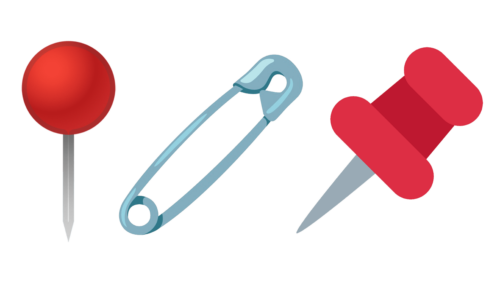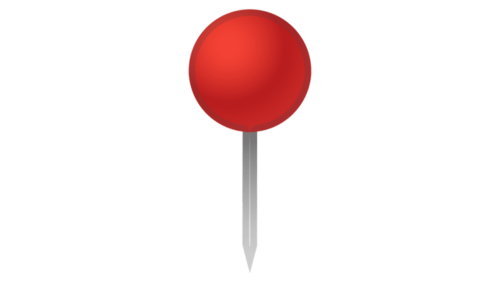📍 📌 🧷
Not only various yellow faces and abstract geometric symbols in the standard Unicode set sometimes require additional explanations, but also simpler pictures that seemingly can’t raise any questions. But today we’re going to talk about three pins – why so many of them? What is the difference between them? And in which case which of the three emojis is better to use?
📍 The “Round Stationery Pin” emoticon was assigned the code U+1F4CD, with which it was added to the Objects section of the Unicode 6.0 standard in 2010.
📌 The “Stationery Pin” emoticon was assigned the code U+1F4CC, with which it was added to the Unicode 6.0 standard objects section in 2010.
🧷 The “English Pin” emoticon was assigned the code U+1F9F7, with which it was added to the Unicode 11.0 standard objects section in 2018.
Meaning and Use of the Pin Emoji
So, below we’ll take a closer look at each Pin Emoji, and determine which emoji is more suitable for which context. And whether there’s any difference between them at all.
📍 So, let’s start with the most commonly used emoji from the Pins category, namely the Stationary Pin with Round top. This pin is used to indicate geolocation, either an address or a place on a map. It can often be found in the profile info of organizations in social networks, or when you are sharing your location with someone.
📌 Another red stationery button, but in a different shape and from a different angle. Of course, this emoji can also be used to indicate some place, but it is still more often used as a “Notes” or “Announcements” icon. This emoji can often be seen in work chats, including as markers at the beginning of a list line. As its red color attracts attention and stands for the importance of the message.
🧷 And the most atypical pin for use in posts and messages is the English Pin. It carries a completely different meaning, even though its original purpose is exactly the same – to bind and pin.
The English Pin is known as a talisman against the evil eye – the oldest talisman that protects from the evil eye, negativity, gives love and prosperity to its owner. So you can use it exactly in this context. Also, you can add this emoji when you mean a real pin – for example, ask a colleague, because you have something torn. Another option to use this emoji is as a punk, emo or gothic subculture paraphernalia.
Conclusion
Well, it seems that today we have seen that emoji with such identical names are used quite differently. Of course, the first two emoticons from the list are quite interchangeable. Well, the third one is completely different. Although, to be honest, the English Pin Emoji is a very rare thing to see in social media and messengers. Which is not the case with the very common roundel pin, which you can see literally everywhere.










